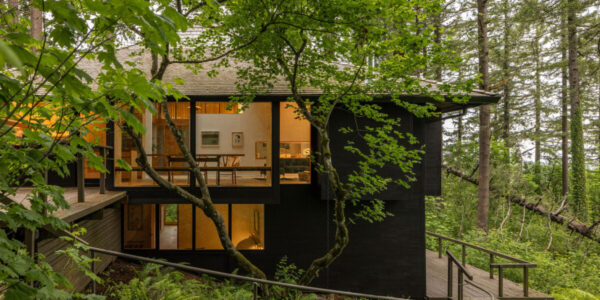
You Can See the Northern Lights on Thanksgiving and Black Friday. Here’s How.
No, that’s not a food-induced delirium you’re experiencing. It’s the Aurora Borealis.

Try to get away from city lights. (You don't have to get this remote, though.) Photo by Jonatan Pie on Unsplash.
Experts at the National Oceanic and Atmospheric Administration (NOAA) Space Weather Prediction Center have issued a geomagnetic storm watch for Thursday and Friday, predicting a celestial spectacle that will be a wondrous way to kick off the holiday season. What’s particularly great about the upcoming storm is that the phenomena may be visible in a broader range than it typically is.
According to the according to the Aurora Viewline, Alaska, British Columbia and Alberta, Canada, will have particularly great chances of viewing. But that’s somewhat normal. What’s unique is that some states further south that may have a chance, too, including Boise, Idaho; Cheyenne, Wyoming; Lincoln, Nebraska; Indianapolis; and Annapolis, Maryland.

Ken Cheung
In a year that’s already had some of the highest probability of viewing the Northern Lights, the solar storm’s peak activity is expected to coincide with Thanksgiving night. The northern lights tend to ebb and flow in 11-year solar cycles, and we are currently in a peak year. Though it’s important to note that solar storms like this one can be unpredictable, experts believe the auroras could be visible through the weekend, giving many a chance to witness this rare and awe-inspiring spectacle.
The best time to see the auroras will be after sunset, with clear, dark skies providing the optimal conditions. Areas far from light pollution, such as national parks or rural locations, will offer the clearest views. Experts from NOAA recommend checking the sky after 10 p.m. local time, as the lights will likely intensify through the night.
